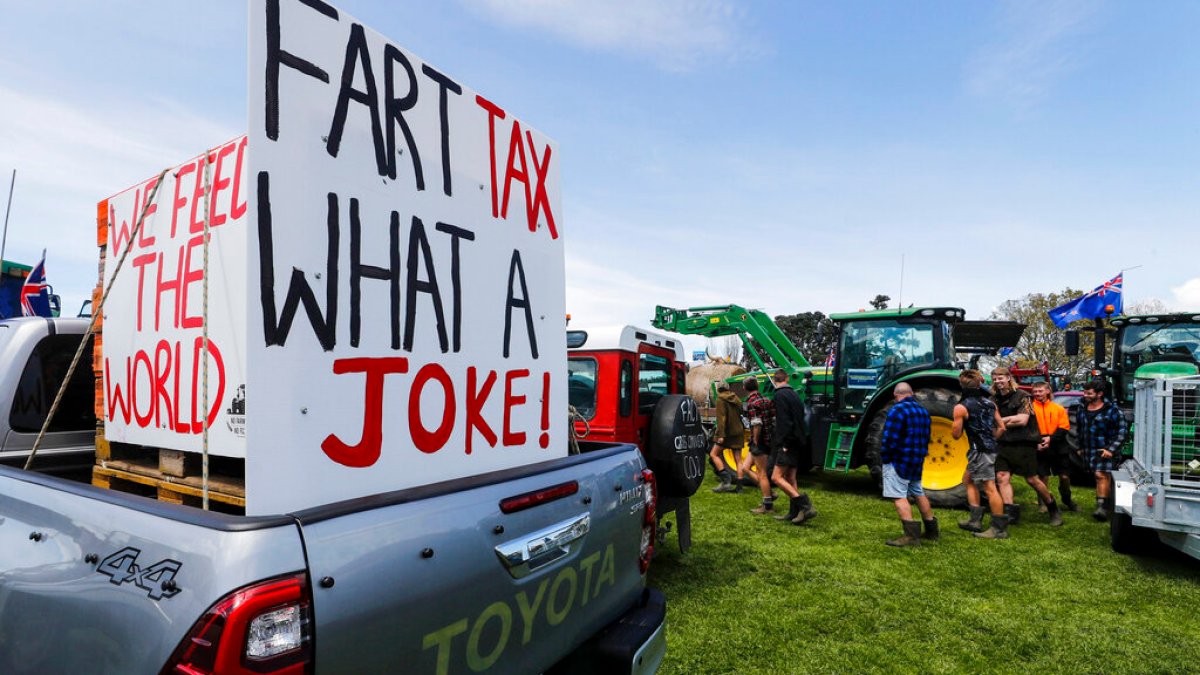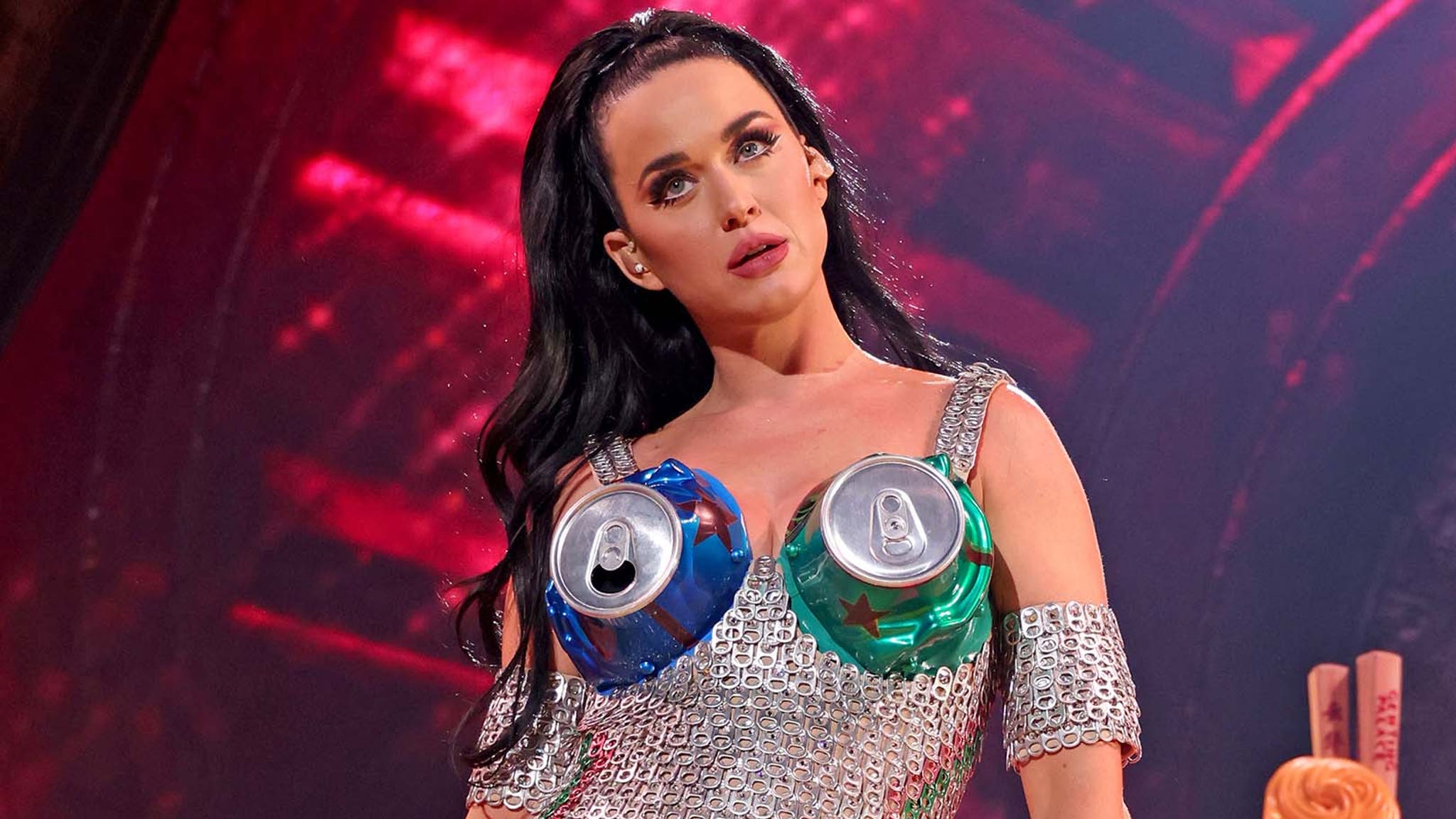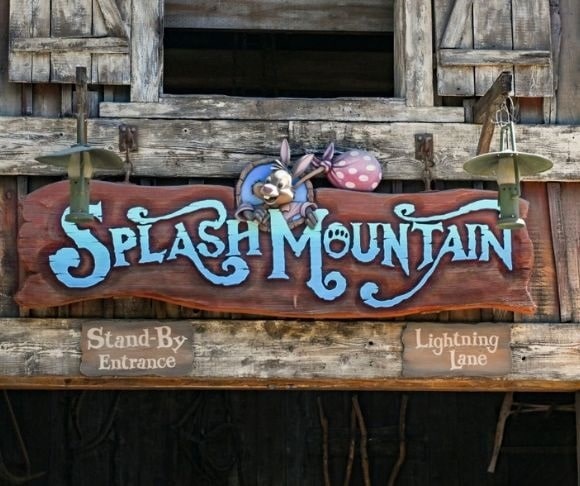As evidence of the economy’s K-shaped recovery in the aftermath of Covid, the domestic two-wheeler industry is the most fitting example. In fiscal 2022, sales crashed to a decade-low of 13.5 million units, capping a run of three consecutive fiscals of regression.
This was in sharp contrast to other segments of the industry. The passenger vehicle segment, for example, began to stutter in 2019-20 itself and the pandemic aggravated the situation in fiscal 2021. But consumption has rebounded sharply in fiscal 2022. And this year, it is expected to cross the 2018-19’s all-time peak of 3.4 million units. To a lesser degree, three-wheelers and commercial vehicles are following the same trajectory.
No such luck for two-wheelers, however. On a low base of 2020-21, sales have risen 28% in the first half of this fiscal, but for the full year, they are still slated to be less than the tally of fiscal 2020 and at least 20% lower than the peak of 21.2 million units that was achieved in 2018-19. What is worse, nobody is willing to wager when sales would surpass that level either.
You might also like
What will trigger Ultratech stock?
Why freight trains are switching to aluminium wagons
Graphs reveal how Indians are splurging in festive season
This is how you lose tax benefits on health policies
It is easy to understand why it has come to such a pass. Frugal, no-frills commuter two-wheelers with engine size no larger than 125cc comprise an overwhelming majority 85% of the industry sales. It is a percentage that has not changed much over the last many decades unlike in passenger vehicles where the entry-level mini car segment is shrinking in favour of midsize SUVs and sedans. The two-wheeler consumer at large in India is still more utilitarian than aspirational.
It is also a category that has seen multiple price increases over the last three years. More stringent safety norms in 2019 were followed by the shift from BS IV to VI emission norms in 2020. These entailed significant upgrades and for the entry-level two-wheeler it meant a jump in price of almost 25%. Spike in commodity prices in the last one year have added to it. The entry-level Hero Splendor+ that cost between ₹51,000 and ₹57,000 in 2019, today costs ₹71,000-73,500. Prices have not stabilised either. In the last 12 months, manufacturers have revised them on more than one occasion — some have done so five times.
Then there are other costs that have also contributed to dampening consumer sentiment. In 2018, IRDAI — the regulatory body for insurance in India — made long-term third-party insurance mandatory for two-wheelers. This added to the burden on the consumer.
Any support from the government has been missing. Taxed at 28% GST, the highest slab, government has itself admitted it is unfair and a revision is needed. But that has not happened. Instead, the increase in the cost of fuel — petrol in this case — has further dented the economic viability of two-wheelers.
In the last two years alone, petrol prices have gone up over 35% or by ₹25 per litre. This has resulted in an increase in operating cost of a two-wheeler from ₹1.42 to ₹1.94 per km. It is the same for a car or SUV owner as well but they are better positioned to absorb this cost as compared to a two-wheeler consumer.
The prolonged slowdown in the two-wheeler industry is a sum total of all these factors. It also explains why this segment did not receive a fillip in the first Covid induced full lockdown of 2020 when buoyancy in the rural markets resulted in historic highs for the tractor segment. Rural market is a big contributor to two-wheeler sales as well and accounts for almost 60% of motorcycle sales in the country. Despite a bumper harvest, it highlighted how inflation eroded the disposable incomes for the rural customer forcing him to prioritise his spending —tractor taking precedence over a motorcycle.
With the rural market beginning to struggle this year — consumer indices point towards further fall in consumption — the outlook for two-wheelers is far from rosy. It is a vicious cycle. As the biggest volume generator for the $120 billion domestic automotive industry, it will drag the entire sector down, more than offsetting the growth elsewhere. It is also a significant employment generator and reduced profitability of companies will have an impact on that as well.
More importantly, in the long term, sluggish offtake of two-wheelers is bad news all around. When the economy grows, a motorcycle or scooter buyer of today is a small car buyer of tomorrow and a sedan or SUV buyer the day after. The strong growth of SUVs today, to some extent, is a result of the growth of two-wheelers and small cars from five years ago. The impact of the slowdown in two-wheeler sales is already visible on small cars. In due course, it will begin to affect other segments too.
Elsewhere in Mint
In Opinion, Vidya Mahambare & Praveen Kumar say the RBI needs a revised strategy. Does India really have a hunger problem? Ajit Ranade answers. Allison Schrager writes on harsh lessons in monetary lags. Long Story looks into the puzzle of Paytm’s profitability.
Download The Mint News App to get Daily Market Updates.
More
Less















